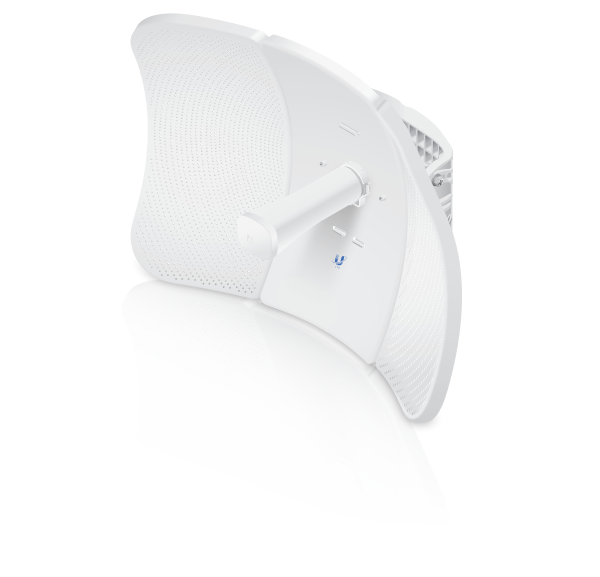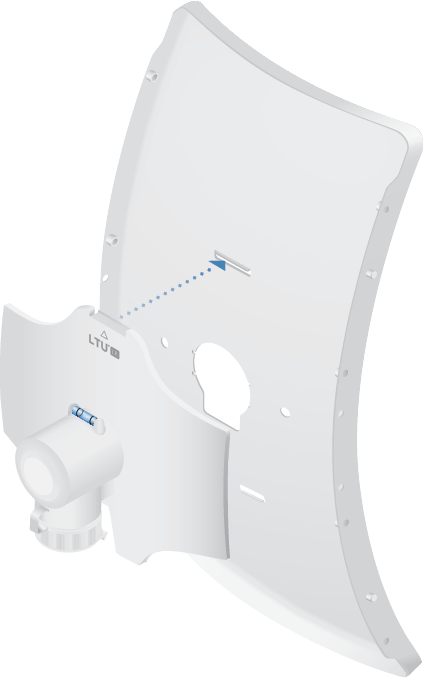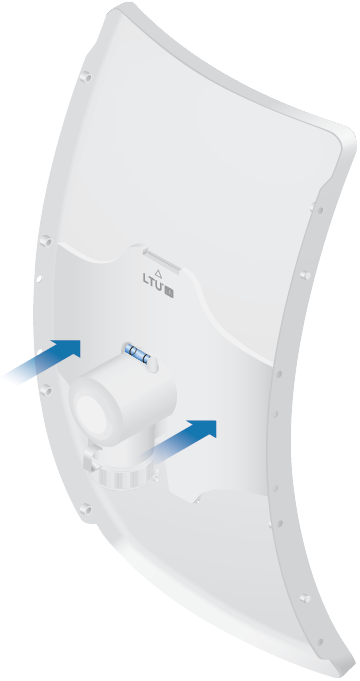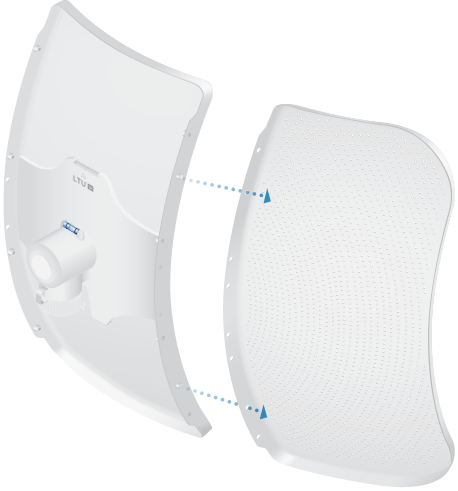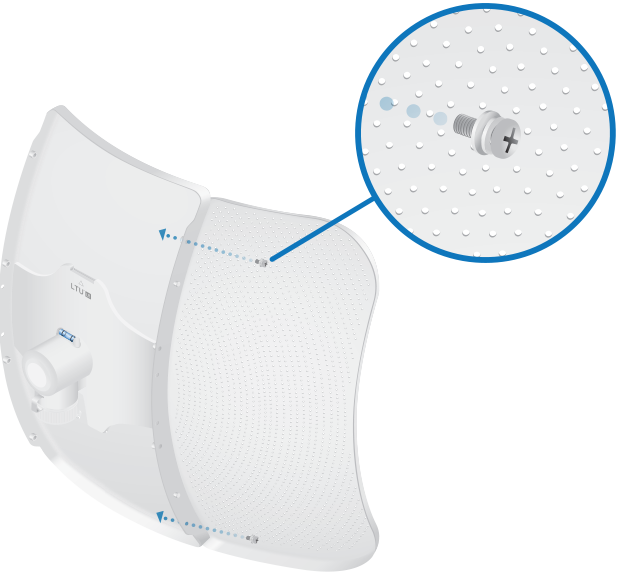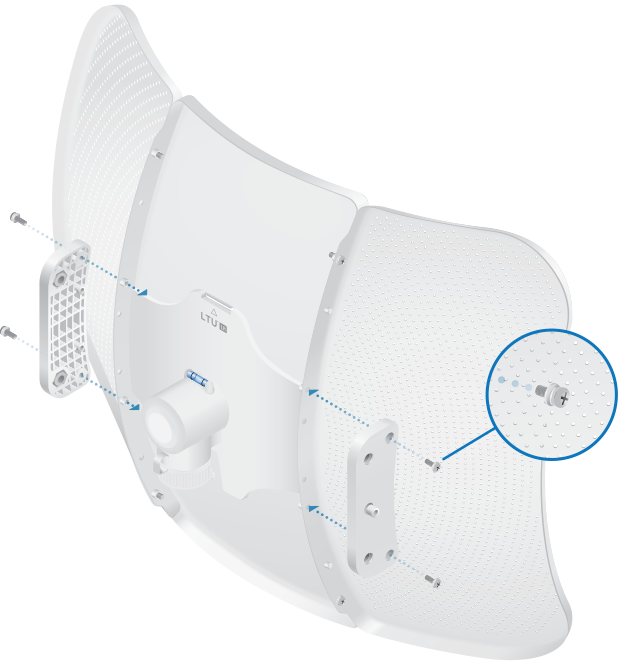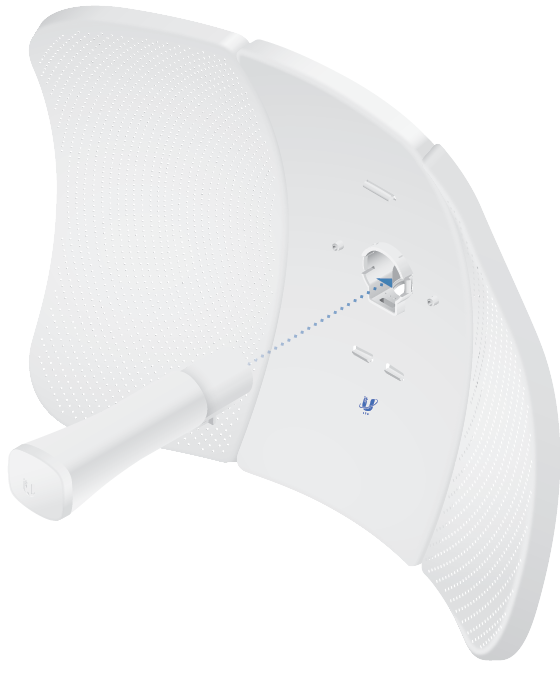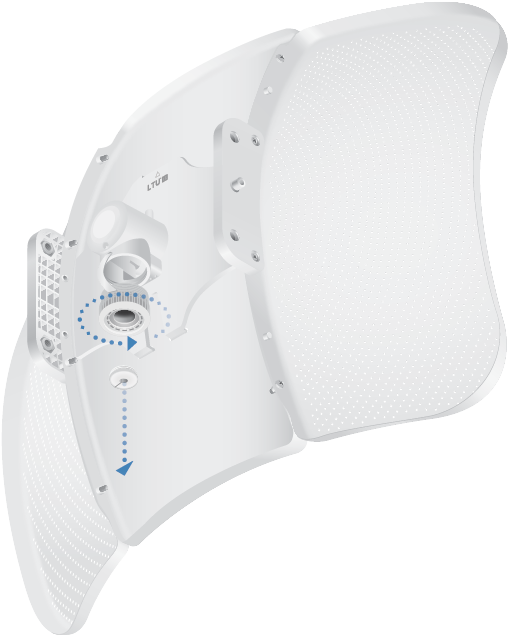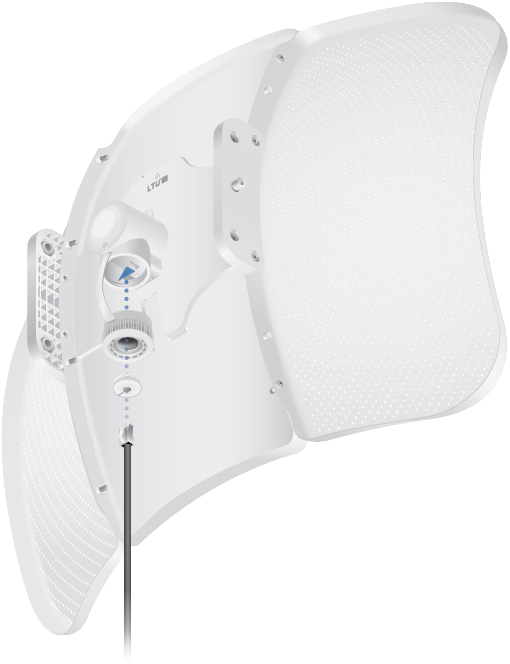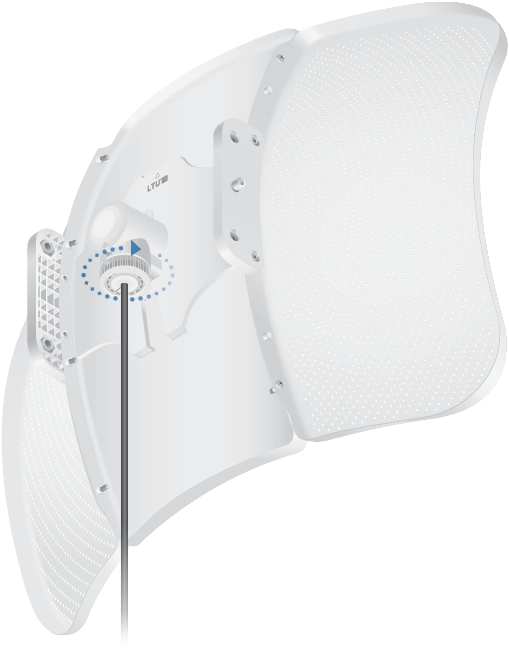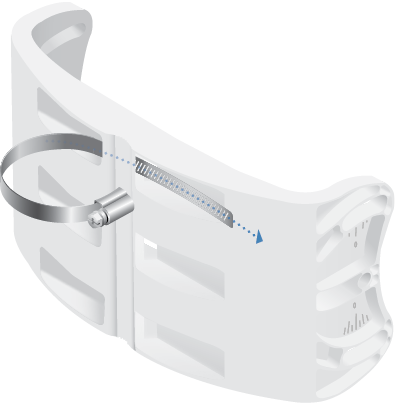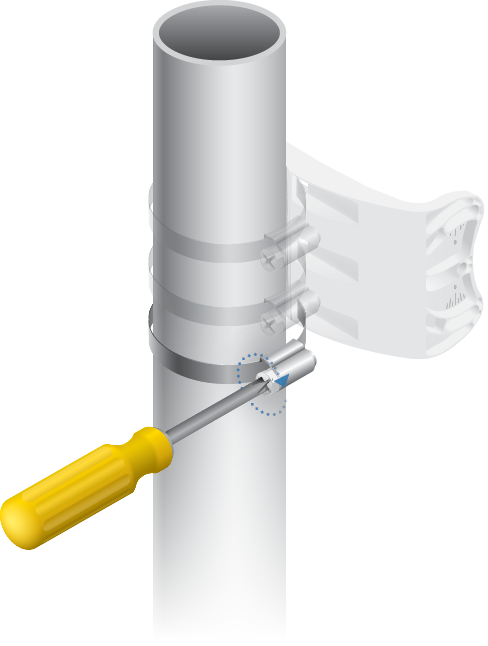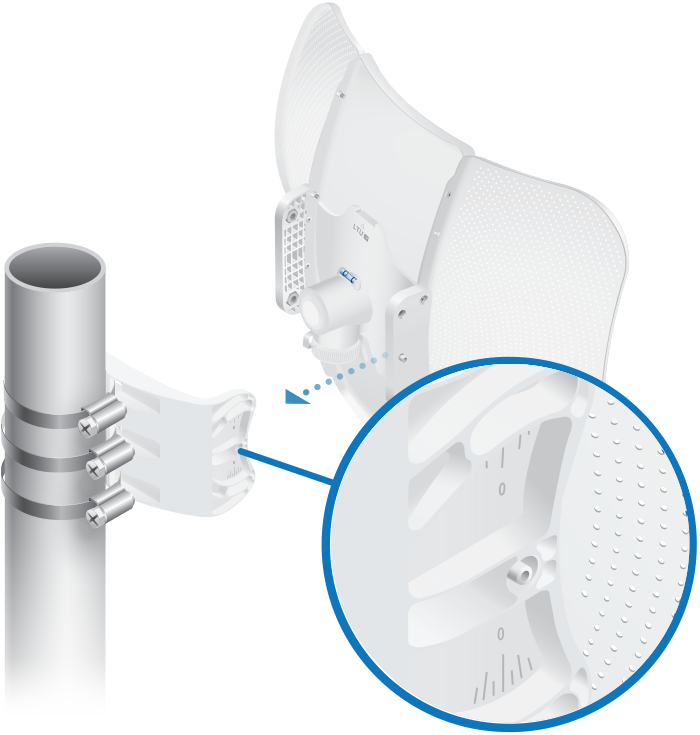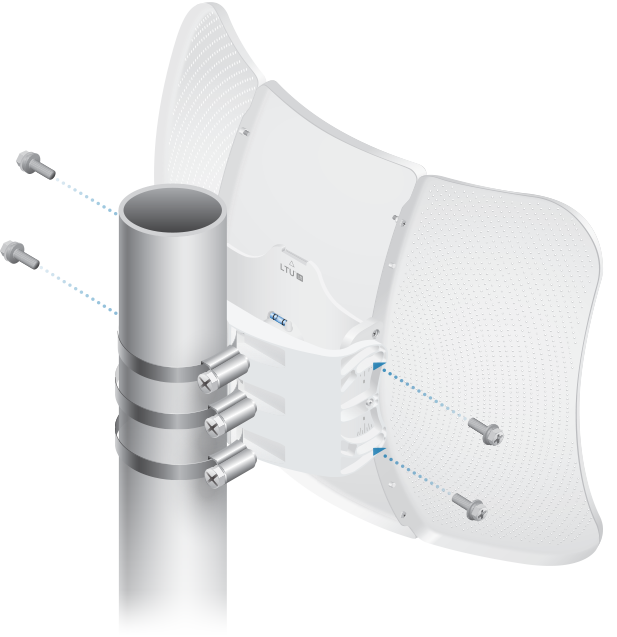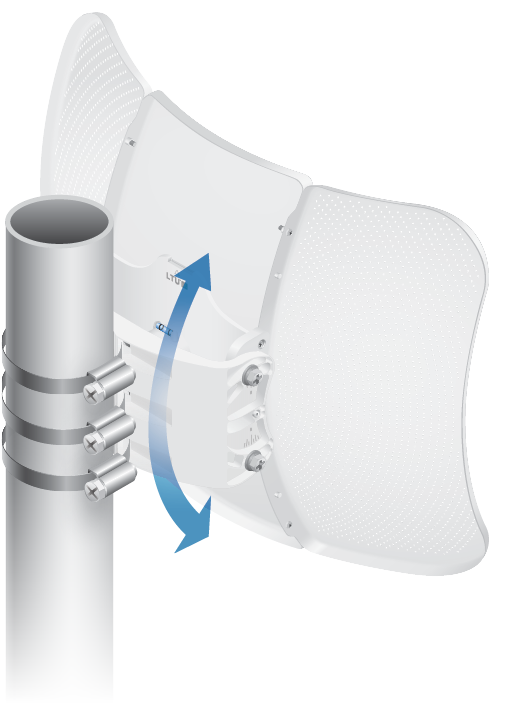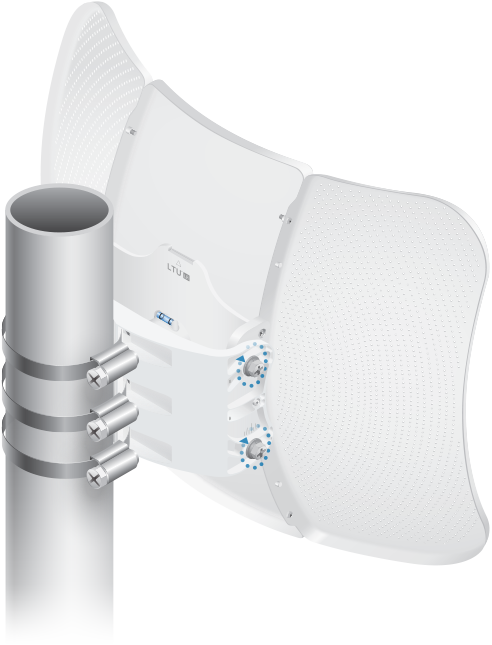Package Contents
 |
|---|
| Antenna Feed |
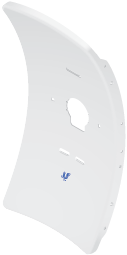 |
|---|
| Center Reflector Panel |
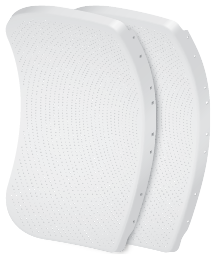 |
|---|
| Side Reflector Panels (Qty. 2) |
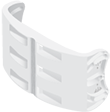 |
|---|
| Mounting Bracket |
 |
|---|
| Rear Housing |
 |
|---|
| Pivot Panels (Qty. 2) |
 |
|---|
| M4 SEM Screws (Qty. 8) |
 |
|---|
| M8 SEM Screws (Qty. 4) |
 |
|---|
| Metal Straps (Qty. 3) |
 |
|---|
| Gigabit PoE (24V, 0.5A) with Mounting Bracket |
 |
|---|
| Power Cord |
Installation Requirements
- LTU PtMP AP, such as model LTU-Rocket
- Phillips screwdriver
- 13 mm wrench
- 8 mm socket wrench or screwdriver
- Surge protection should be used for all outdoor installations. We recommend that you use two Ethernet Surge Protectors, model ETH-SP-G2, one near the device and the other at the entry point to the building. The ETH-SP-G2 will absorb power surges and safely discharge them into the ground.
- Outdoor, shielded Category 6 (or above) cabling and shielded RJ45 connectors are required for all wired Ethernet connections.
| Note: For guidelines about grounding and lightning protection, follow your local electrical regulatory codes. |
|---|

Hardware Overview
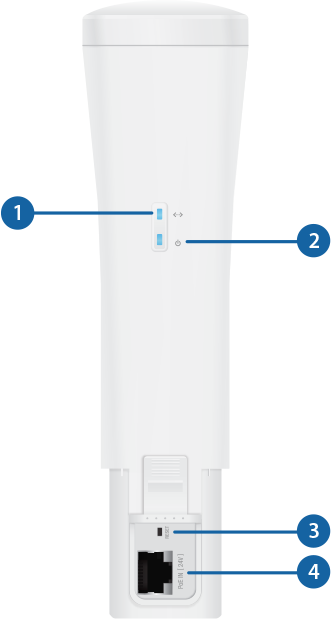
 LAN LED |
|---|
The LED will light steady blue when an active Ethernet connection is made to the Ethernet port and flash when there is activity. |
 Power LED |
The LED will light blue when the device is connected to a power source. |
 Reset Button |
To reset to factory defaults, press and hold the Reset button for more than 10 seconds while the device is powered on. |
 PoE In [24V] Port |
This 10/100/1000 Ethernet port is used to connect the power and should be connected to the LAN. Default IP address: 192.168.1.20 |
Hardware Installation
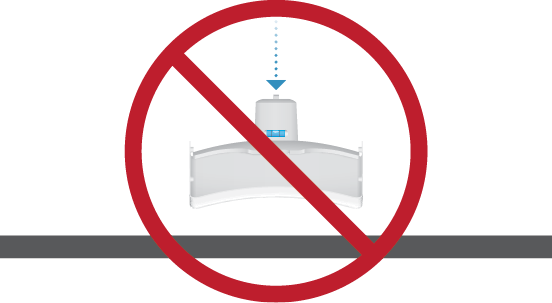
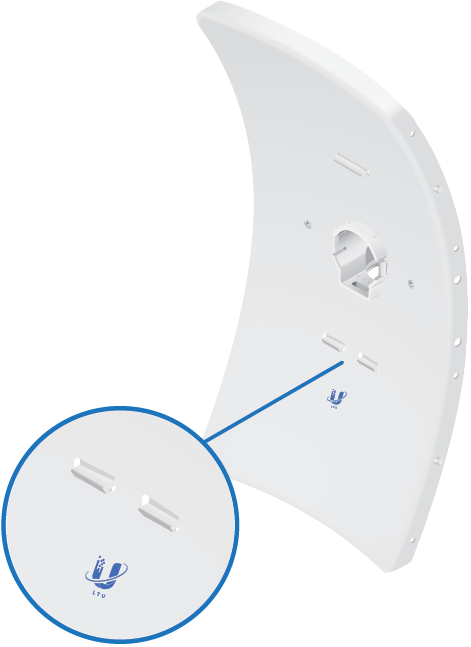
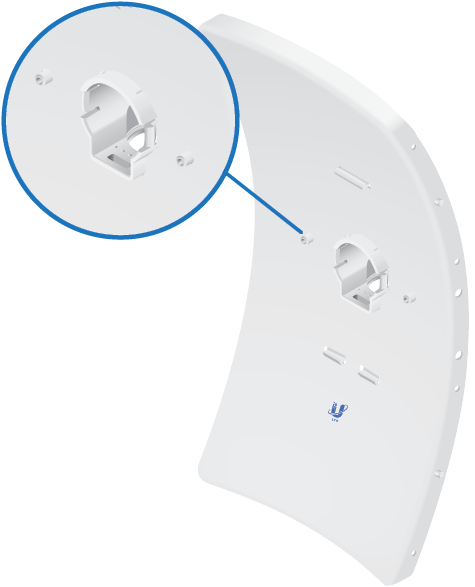
Pole Mounting
Connecting Power
|
|
WARNING: The switch port must comply with the power specifications listed in the “Specifications”. |
|---|
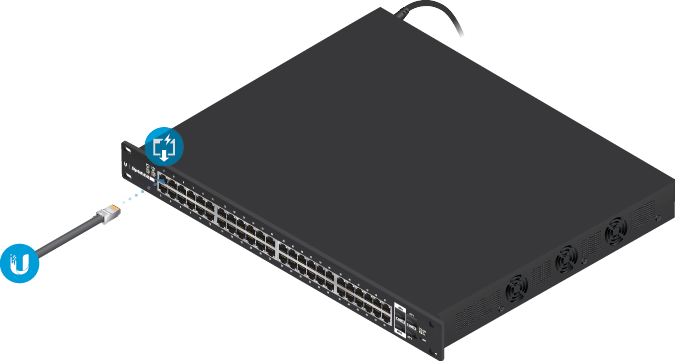
OR
![]()
Optional

Accessing the Configuration Interface
- Make sure that your host system is connected via Ethernet to the device.
- Configure the Ethernet adapter on your host system with a static IP address on the 192.168.1.x subnet.
- Launch your web browser and type https://192.168.1.20 in the address field. Press enter (PC) or return (Mac).

- Select your Country and Language. You must agree to the Terms of Use, EULA, and Privacy Policy to use the product. Click Continue.
The LTU Configuration Interface will appear, allowing you to customize your settings as needed. To have your AP configure your device, proceed to “Find My AP”.
UISP Management
You can manage your device using UISP, which lets you configure, monitor, upgrade, and back up your devices using a single application. Get started at uisp.ui.com
Find My AP
- Click the
 icon.
icon. - In the Wireless Settings section, change the channel bandwidth (default: 20 MHz) as needed.

Note: If the AP’s channel bandwidth is set to 50 MHz and your device is set to 20 MHz, then your device will not see that AP and you should change the channel bandwidth on your device.
- Click Find AP.
- The device will scan for nearby APs. Click Select for the appropriate AP. To run the search again, click Scan.
- Follow the on-screen instructions.
Installer Compliance Responsibility
Devices must be professionally installed and it is the professional installer's responsibility to make sure the device is operated within local country regulatory requirements.
Antenna
Select your antenna from the list. If Calculate EIRP Limit is enabled, transmit output power is automatically adjusted to comply with the regulations of the applicable country. For a Custom antenna, Antenna Gain is entered manually. Note the requirements and antenna types listed below.
Cable Loss (When applicable)
Enter the cable loss in dB. Output power is adjusted to compensate for loss between the radio and the antenna.
Certified Antenna Types
This radio transmitter FCC ID: SWX-LTULRR / IC: LTULRR has been approved by FCC / ISED Canada to operate with the antenna types listed below with the maximum permissible gain for each antenna type indicated. Antenna types not included in this list or having a gain greater than the maximum gain indicated for that type, are strictly prohibited for use with this device.
|
Antenna |
Frequency |
Gain |
|---|---|---|
|
Grid |
5 GHz |
26 dBi |
|
Feed Only (Omni) |
5 GHz |
3 dBi |
Specifications
|
LTU-LR |
|
|
Dimensions |
512.5 x 385.75 x 258.3 mm |
|---|---|
|
Weight |
1.360 kg (2.998 lb) |
| With Mount | 1.735 kg (3.825 lb) |
|
Networking Interface |
(1) 10/100/1000 Ethernet Port |
|
Enclosure |
Outdoor UV Stabilized Plastic |
|
Max. Power Consumption |
8.5W |
|
Power Supply |
24V, 0.5A Gigabit PoE Adapter |
|
Power Method |
24V Passive PoE (Pairs 4, 5+; 7, 8-) |
|
Supported Voltage Range |
22 - 26V |
|
Gain |
26 dBi |
|
Max. Conducted TX Power |
22 dBm |
|
Mounting |
Pole-Mount (Kit Included) |
|
Wind Loading |
550 N @ 200 km/h |
|
Wind Survivability |
200 km/h (125 mph) |
|
ESD/EMP Protection |
± 24 kV Contact / Air |
|
Operating Temperature |
-40 to 60° C |
|
Operating Humidity |
5 to 95% Noncondensing |
|
Certifications |
CE, FCC, IC |
|
Operating Frequency (MHz) |
||
|
Worldwide |
4800 - 6200* |
|
|---|---|---|
|
US/CA |
U-NII-1 | 5150 - 5250 |
|
U-NII-2A | 5250 - 5350 |
|
|
U-NII-2C | 5470 - 5725 |
|
|
U-NII-3 | 5725 - 5850 |
|
* Depends on regulatory region.
|
Bluetooth LE Management Radio (MHz) |
|
|
Worldwide |
2400 - 2483.5 |
|---|---|
